Newsdesk Archive

Researchers in Peru believe they have traced the origins of the Incas —the largest pre-Hispanic civilization in the Americas—through the DNA of the modern-day descendants of their emperors.

There are many artisans who live in India’s numerous little towns and villages and churn out masterpieces with their hands, but fail to find the visibility they deserve.
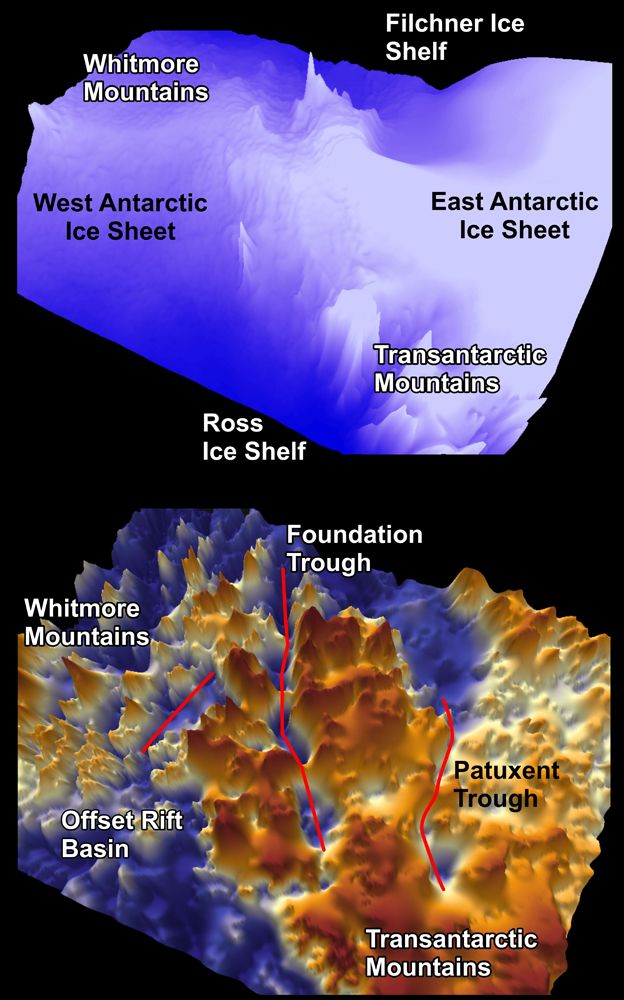
The deep troughs run for hundreds of kilometres, cutting through tall mountains - none of which are visible at the snowy surface of the continent.

The Pythia were senior priestesses who advised pilgrims on crucial political issues, making them the most powerful risk-analysis firm in ancient Greece.

The finding supports the results of previous studies that found evidence of the protective effects of cannabinoids, including THC, on patients with neurodegenerative disease.

Researchers in the field have uncovered related messages ranging from “Lasius is a pervert” to “Good luck in your resurrection.”

A tiny meteorite from Mars nicknamed “Black Beauty” has provided scientists with an unprecedented insight into ancient processes that shaped the red planet’s surface.

There's something very special about all the awesome research funded by NASA - it's accessible, for free, to everyone.

Iron-rich rocks near ancient lake sites on Mars could hold vital clues that show life once existed there, research suggests.

Sorry Day is an occasion for solemn commemoration of the mistreatment of Aborigines and Torres Strait Islanders throughout the country's history.
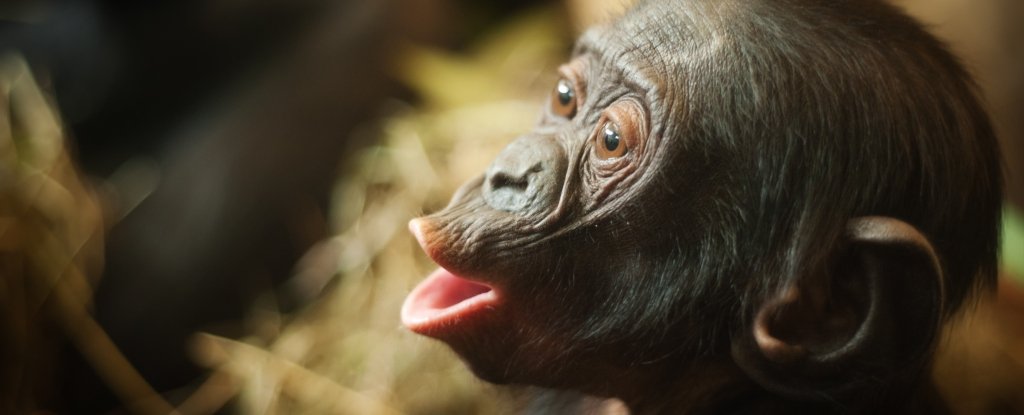
It's thought that humans have evolved certain muscles unique to us. Now those muscles have been found in other apes, our core perceptions about human evolution are challenged.

"Discoveries like this are exceptionally scarce, and this mummy is incredibly well preserved. Samples collected for carbon-14 dating... suggest this individual was buried between 1000 and 1200 AD."

A new study says all modern birds evolved from the same ground-dwelling, common ancestor, after an asteroid slammed into Earth millions of years ago and devastated the planet’s forests.

The asteroid that smashed into the Earth 65 million years ago, triggering a mass extinction that wiped out the dinosaurs, also drove a persistent bout of lethal global warming.
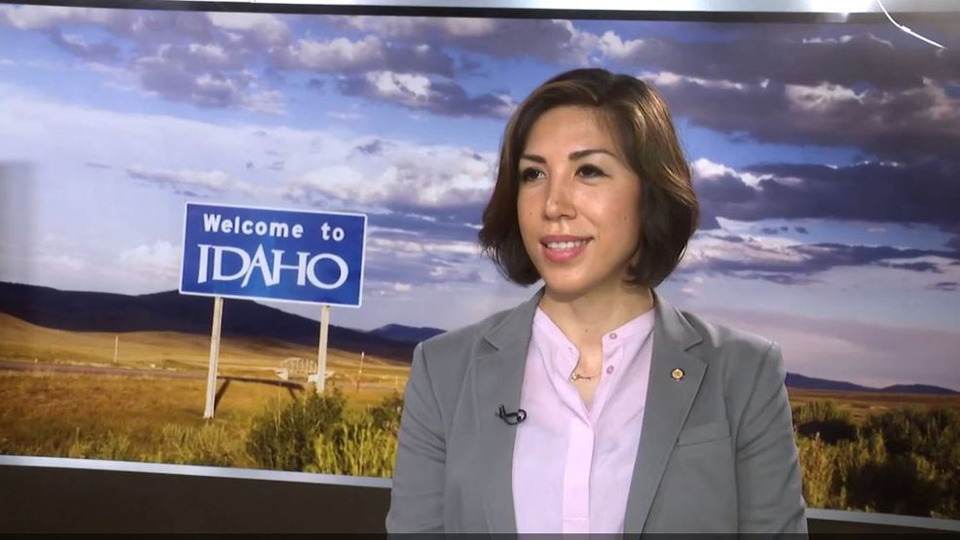
Idaho and other states are reversing the tide from the disastrous Trump agenda. Indigenous women have always been strong leaders. Paulette Jordan lives up to this truth in a big way.

A Western bias limits progress, so educators must share how communities in the developing world manage environmental change, argues Harini Nagendra.

Groundbreaking assessment of all life on Earth reveals humanity’s surprisingly tiny part in it as well as our disproportionate impact.
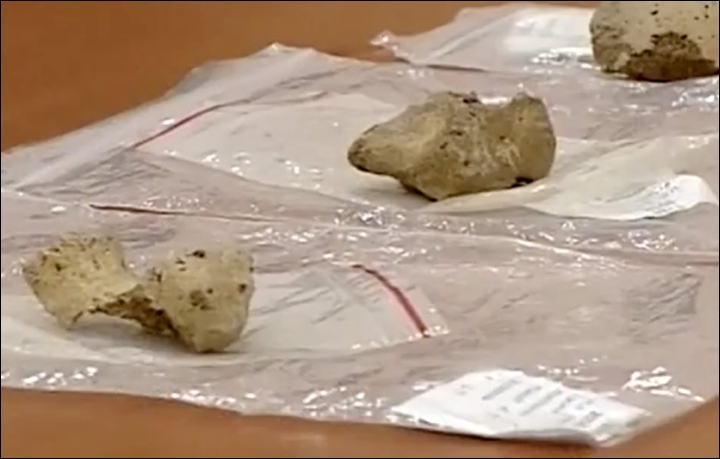
The bones are undergoing tests to establish whether they are Homo sapiens or another species of human. If they are Homo sapiens remains, they will be the oldest found in northern Eurasia.

Christie knew a thing or two about ancient and modern Egypt. Egypt had a clear impact on her – her first (unpublished) novel Snow Upon the Desert (1910) is set in Cairo.

For the first time, a permanent member of our solar system has been found to have originated elsewhere.
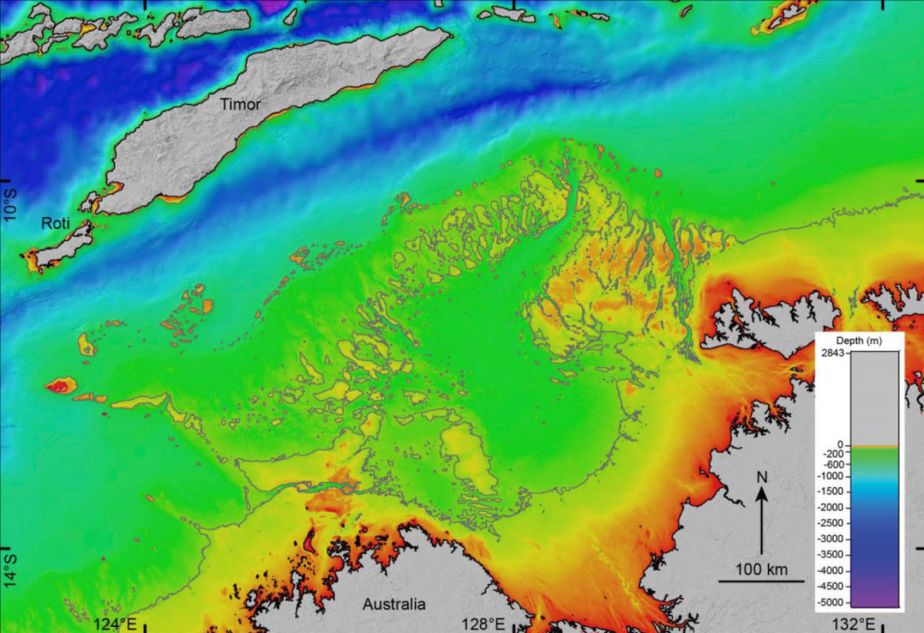
Researchers working to solve the mystery of how Aboriginal people first reached Australia say the earliest people didn’t get here by accident, but made deliberate voyages to reach the new land.

Aboriginal star stories are not just stories, they are lessons that educate us about the relationship between the sky and the land, as well as how the universe functions around us.

The ancient peach pits were found at the Japanese site of Makimuku and the peaches are estimated to have been grown between 135 and 230 AD.

Astronomers have realised that the motions of the objects past the eighth planet, Neptune, imply the existence of the ninth planet. This week, scientists reported another strangely moving asteroid that bolsters the evidence for a ninth planet’s existence.

The B612 Foundation is dedicated to all planetary defense issues. This group of physicists, astronomers, engineers, and astronauts is looking out for you – and are motivated to do it.

For now, reproduction remains just one of the many issues we’ll need to deal with before Mars colonization is within our grasp.

In recent research conducted by the scientists and as per the latest news published in a news article it has been claimed that octopuses and the likely cephalopods may have their origin on some different planet other than Earth.
New research has uncovered the history of when and why the native vegetation that today dominates much of Australia first expanded across the continent.

Indigenous population of Chile, Brazil and Argentina cultivated monkey puzzle trees which are now threatened by modern farming.

Researchers have tracked economic activity in Europe and the Mediterranean over the centuries by measuring variations in the amount of lead in a core of Greenlandic ice.

The theory of evolution by natural selection is barely 150 years old. The first evidence than humans evolved in Africa is less than 100. The world has believed it for barely 70.

A study of 4000-year-old DNA—a rare find in this region—suggests that rice farming came with farmers migrating from China, where it originated.

Critically endangered South American forests thought to be the result of climate change were actually spread by ancient communities, archaeologists have found.
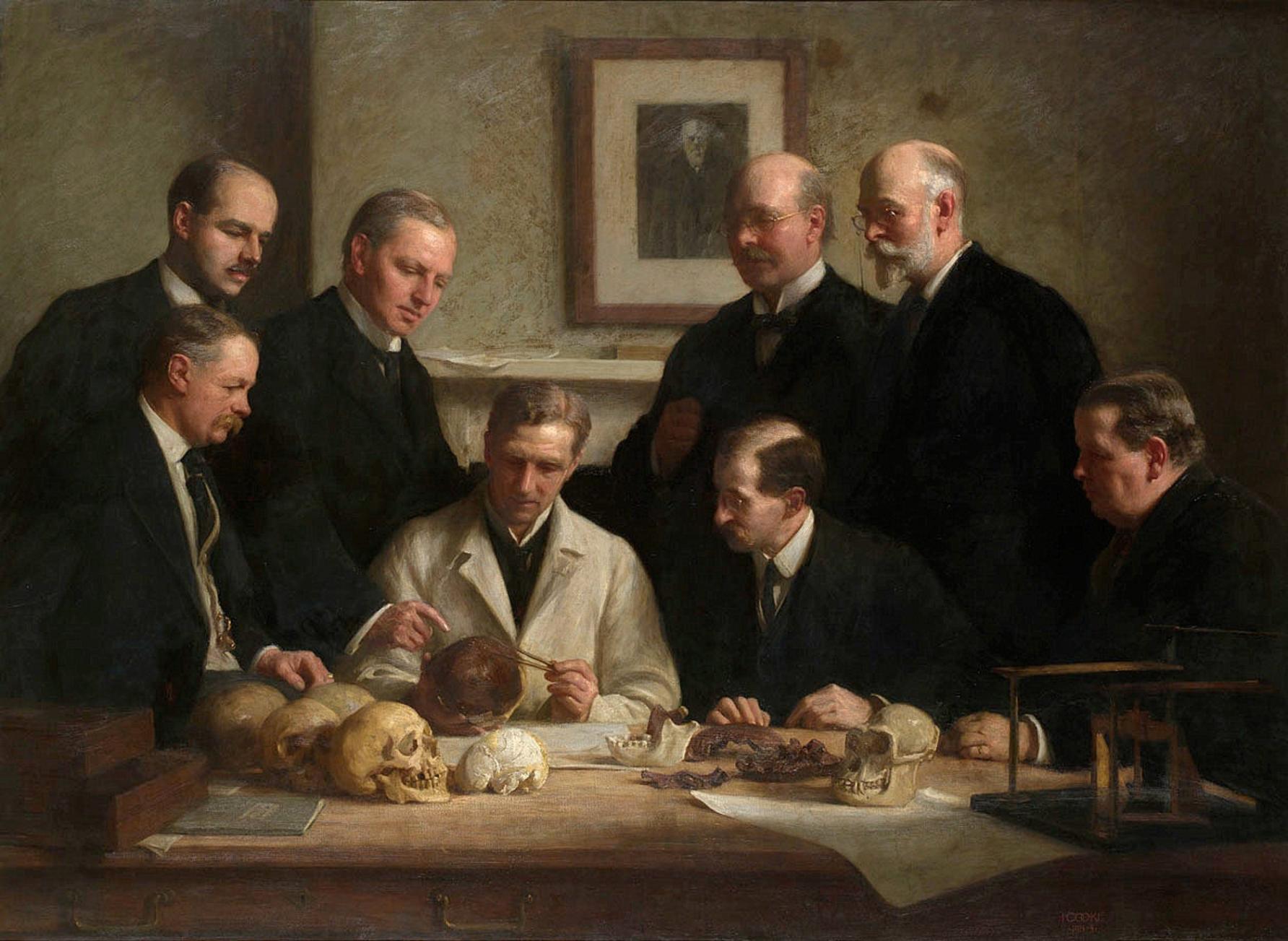
The University of Melbourne’s anatomy museum features fossil models from an entirely fictional early human; a forgery that derailed the study of our evolution for decades.

A new type of camera developed by U.S. researchers will allow astronomers to directly image planets around nearby stars in the search for another Earth.

A new method of measuring phytocannabinoids—the primary bioactive molecules in cannabis—will lead to faster, safer and more accurate information for producers, regulators and consumers alike.

Born 300 years ago this month, Agnesi was the first woman to write a mathematics textbook and to be appointed to a university chair in math.

The earliest example of our alphabet—a possible mnemonic phrase to remember "ABCD"—has been discovered on a 3,400-year-old inscribed piece of pottery from ancient Egypt, a scholar believes.

Researchers have found evidence that regular changes in the Earth's orbit and axis of rotation caused significant changes in both the evolution and extinction rates of an extinct type of plankton.

When animals are isolated on islands, they can evolve into strange new species found nowhere else on Earth. A family of worm-eating mice from a tiny island in the Philippines have set a new lower limit for island size and evolution.

As researchers have refined methods and unearthed new evidence, it seems much of what we thought we knew about handedness was anything but right.
These findings draw further into question the long-held belief that human evolution was an inevitable march towards bigger, more complex brains.
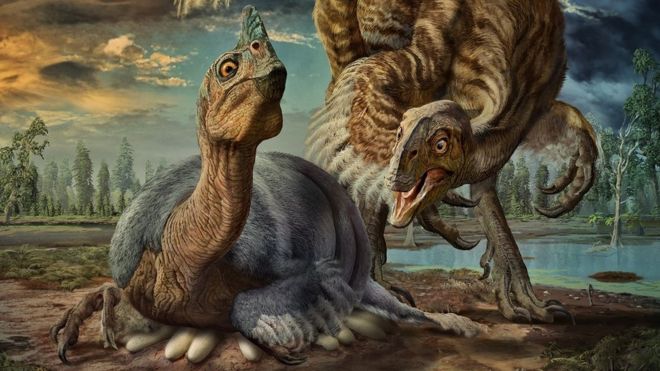
Scientists believe the largest of these dinosaurs arranged their eggs around a central gap in the nest. This bore the parent's weight, while allowing them to potentially provide body heat or protection to their developing young, without crushing the delicate eggs.

'Lady of the Lines' theorised strange drawings of birds and animals carved into desert plains were part of ancient astronomical calendar and was crucial to securing their preservation.

An ancient species of human with a brain no larger than an orange may have possessed intelligence to rival that of our own species.

A new study is suggesting many of the plants and animals that call Latin America home may actually have their roots in the Amazon.

UCLA neuroscientists have reported that they have transferred a memory from one animal to another via injections of RNA.

The ability to focus on detail, a common trait among people with autism, allowed realism to flourish in Ice Age art, according to researchers at the University of York.

Nasa’s Galileo spacecraft flew through a giant plume of water that erupted from the icy surface of Europa, new analysis shows.

Pleistocene Park is an epic experiment in the Siberian Arctic that has been underway since 1996. It is this park to which the Harvard team hope to deliver the first resurrected mammoth hybrid within the next decade.
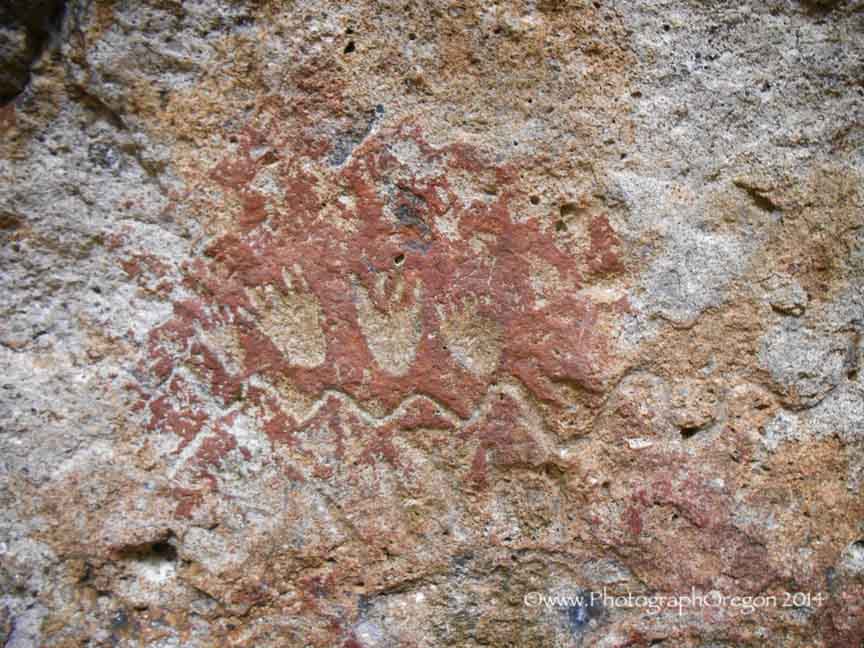
Farque said Cascadia Cave is one of the three most important archaeological sites in Oregon. Scientists have used carbon dating to determine that a fire pit found below 10 feet of dirt at Cascadia Cave is 8,000 years old.

The authors refute the idea that increasing levels of CO2 in the atmosphere are the key cause of the spread of trees. As countries become better off, farmers focus on good quality soils and abandon marginal lands, the authors say.

It allows large numbers of players to interact freely and build shared visual languages. The data is already helping scientists understand how human communication systems evolve.

The footprint is adding to evidence that the Arabian Peninsula may have been an important stepping stone for humans leaving the African continent for the first time.

Addictive drugs can have devastating effects on human life, but the worst of the lot are not the ones you might think. In fact, alcohol and tobacco are more damaging than other harder, illicit drugs, according to a new report.

Similar structures have been found throughout Northern Europe, particularly in Ireland, but none have the same strict and precise geometrical design of the Scandinavian ring fortresses.

Symbolically named for a Duterrau painting that has long been missing, exhibition in Canberra interrogates the stories we haven’t told.
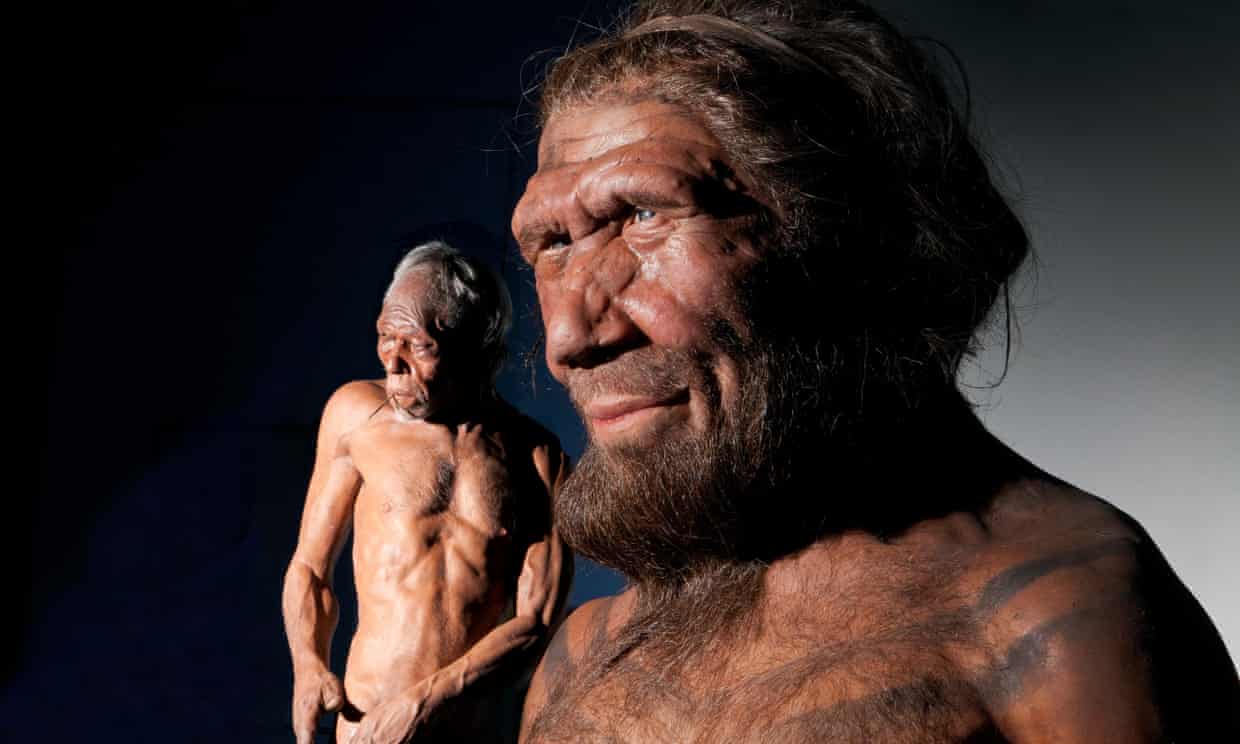
Geneticists hope comparing prehistoric and modern biology will help them understand what makes humans unique.

Viral DNA recovered from ancient human remains sheds light on HBV's evolutionary past.
/https://public-media.smithsonianmag.com/filer/22/77/2277f56b-5e00-49c8-ac12-2f2b2d9aef3e/vetslead.jpg)
Detailed concept art is now on display at the National Museum of the American Indian pending a final decision on which design will be implemented.

After recovering 92 cuneiform tablets, a philologist was finally able to translate the writings which gave the name of this mystery city.

The series reconstructs Ned’s face both as a fit and healthy young man, and as he would have looked at the time of his death - which was very different.
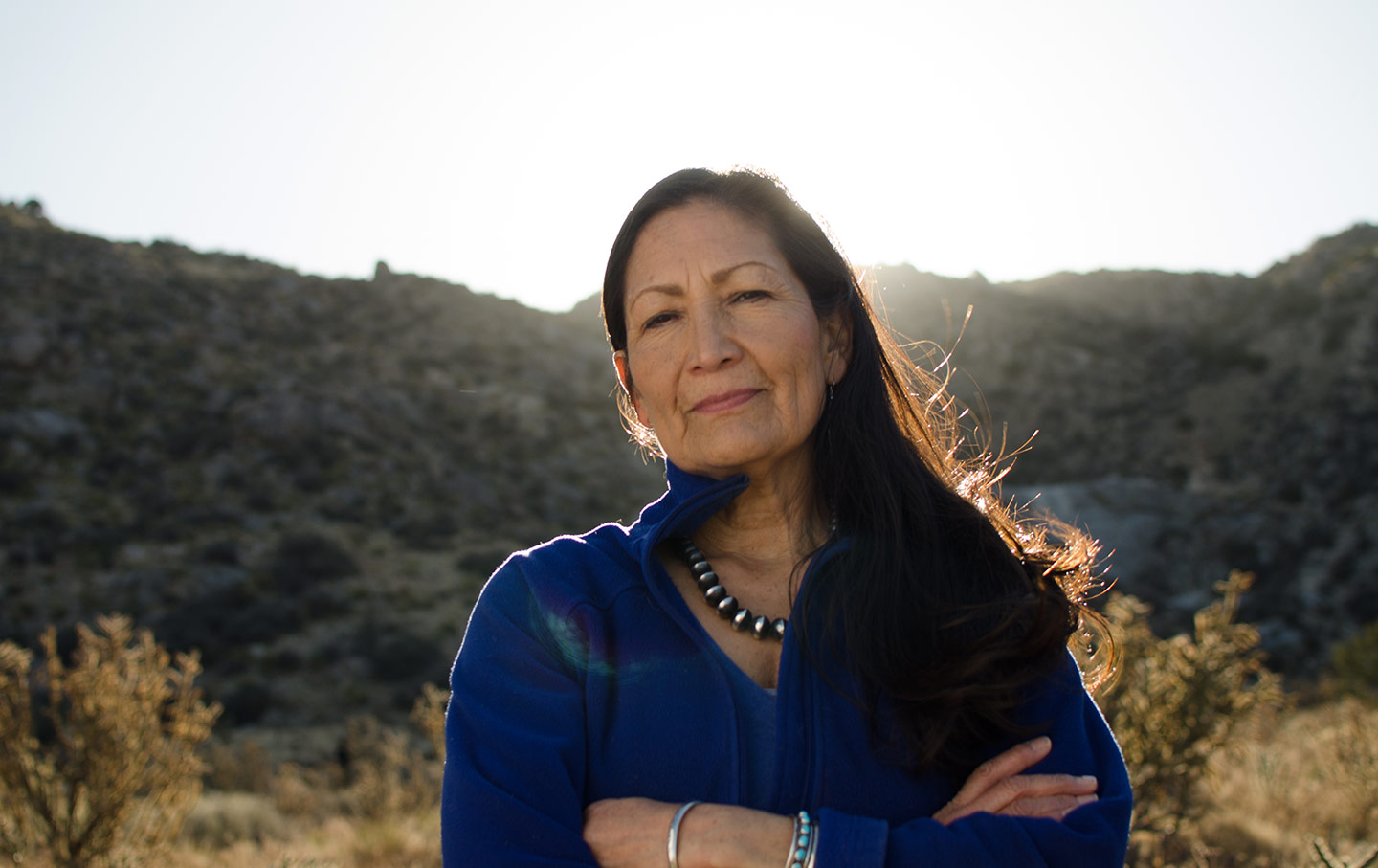
In the wake of Standing Rock, Indigenous activists have turned their attention to getting Native women elected.

Named 2018 GE3, it passed us by at about half the distance between Earth and the moon—wicked close.

In a study out today, researchers turned to ancient DNA to discover leprosy’s roots, and the path they followed took them to a surprising place.

A new study of ancient DNA suggests that the Botai domesticated the horse first.
The liver-destroying hepatitis B virus (HBV) kills nearly a million people each year. Now, a pair of new genetic studies suggests the pathogen has been with us at least since the dawn of civilization.

Astronomers have spotted a carbon-rich asteroid in the icy region beyond Neptune called the Kuiper Belt — the first such asteroid ever found exiled from the inner solar system.

The deep archaeological sequence of Panga ya Saidi cave has produced a remarkable new cultural record indicative of cultural complexity over the long term.

The place where the clay tablets were found – Bassetki, in Autonomous Region of Kurdistan in Iraq – appears to be the ancient royal city of Mardaman.

Archaeologists have discovered the sprawling, 3,300-year-old tomb of an army general named Iwrhya at the ancient Egyptian site of Saqqara.

To rectify the unequal place of Indigenous peoples in our cities and work towards urban land justice, we need to consider the planning processes that have contributed to the marginalisation of Indigenous people over the course of Australian history.

The Rise and Fall of the Dinosaurs offers a convincing case as to why grownups should have more respect for the bird-like giants who stomped about prehistoric Earth.

Scientists drilling deep into ancient rocks in the Arizona desert say they have documented a gradual shift in Earth's orbit that repeats every 405,000 years, playing a role in natural climate swings.

Researchers have found no evidence of the existence of any hidden chambers behind the walls in the tomb of ancient Egypt’s Tutankhamen, the Antiquities Ministry said on Sunday.

A new Oxford University collaboration with Save The Elephants has shown that elephant behaviour can be determined in a new way: through the vibrations they create.

Scientists have made new predictions about what the end will look like for our Solar System, and when that will happen. And humans won't be around to see the final act.

Recent studies are finding that drugs such as LSD and psilocybin can help to alleviate depression, anxiety and addiction—and may have profound things to teach us about how the mind works.

Dutch twins Adrie and Alfons Kennis are showing their uncanny models in museums all over Europe. Adrie discusses how their creations are realised and the extreme reactions they can provoke.

Despite their reputation as being primitive 'cavemen', Neanderthals were actually very intelligent and accomplished humans.

Seven thousand sqm have been allocated to once leader's belongings at new site, which is home to thousands of archaeological finds.

Two researchers from Queen's University Belfast are hoping to use these old scrolls and tapestries to solve the modern astronomical mystery of Planet Nine.
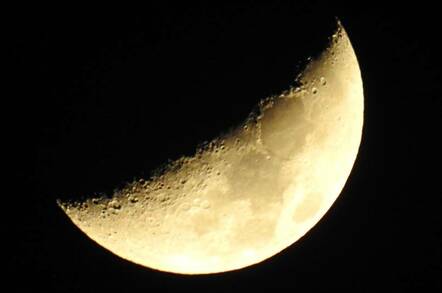
Watery remains of meteorites could be trapped in craters.

The idea of using energy from the sun to evaporate and purify water is ancient. The Greek philosopher Aristotle reportedly described such a process more than 2,000 years ago.

A specialized camera originally developed for NASA has helped researchers in Israel discover previously hidden text on the Dead Sea Scrolls.

The 16,000-year-old fossil dates back to the Late Pleistocene and is believed to belong to some type of ancient Shetland pony.

Humans living in higher latitudes tend to have a variant of a gene involved in sensing cold temperatures, but it comes with a cost.

The incisions represent deliberate engravings that would have required fine motor skills and attention to detail. These engravings appear to have been made with symbolic or communicative intent.

This pushes back the earliest evidence for human occupation of the Philippines by more than 600,000 years. Who were these humans? How did they cross the deep seas that surrounded the island?
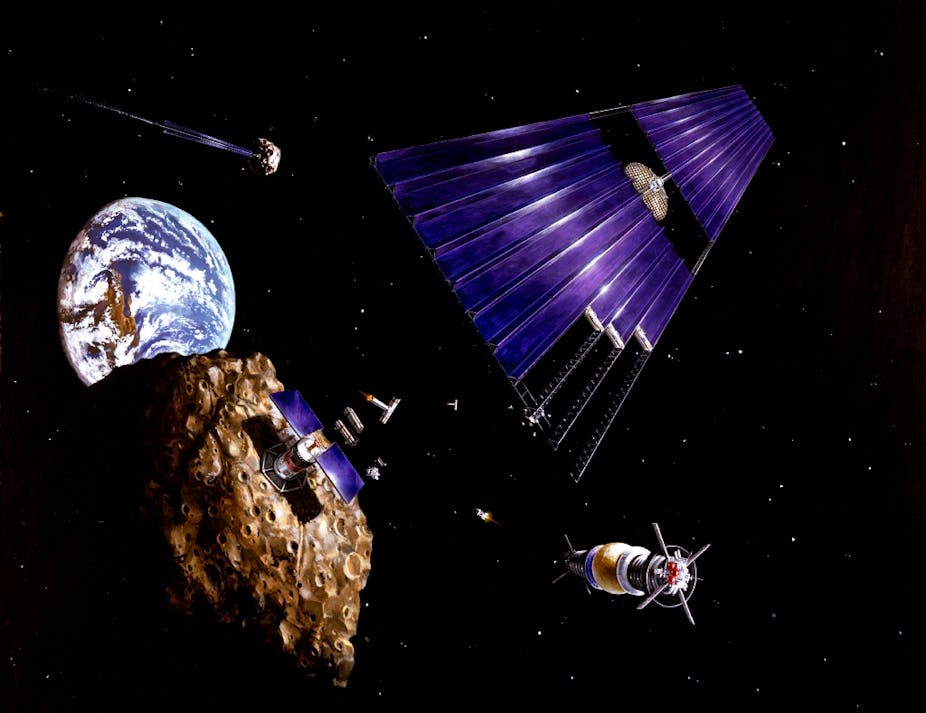
Several privately funded space companies are locked in a race to claim the trillions of pounds worth of precious metals thought to exist in asteroids.
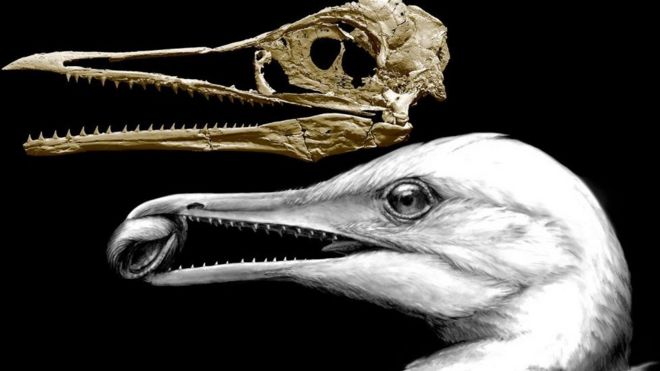
Scientists have pieced together the skull of a strange ancient bird, revealing a primitive beak lined with teeth.

To bridge the gap between ancient and modern, the course will give students an overview of the development of science in India, especially in the fields of mathematics, physics, astronomy, chemistry and medicine.

In this new study, the researchers sequenced DNA from the nine independent, noncoding regions of the genomes from indigenous peoples distributed from China to South America spanning over 15,000 years.

New research has found that taking high-dose vitamin B6 supplements before going to bed helps people remember their dreams.

Six years after last landing on Mars, NASA is sending a robotic geologist to dig deeper than ever before to take the planet's temperature.

The drug known by the street names Ecstasy or Molly could be a promising treatment for post-traumatic stress disorder, according to a new study.

Five researchers share their stories and advice on how to maintain good mental health in the hyper-competitive environment of science.
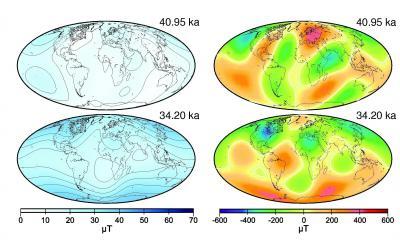
A study of the most recent near-reversals of the Earth's magnetic field by an international team of researchers has found it is unlikely that such an event will take place anytime soon.

Researcher’s swinging blade offers glimpse into how ancient Mycenaeans built palaces.

Although the King James Bible went on to become the most popular translation throughout the English-speaking world, the circumstances surrounding its production have always been mysterious.




